Meet the People Who Make IndyCar Go

When most people think of IndyCar they think of two things: the car and the driver. Fans watch and cheer for drivers who have nerves of steel and conduct their cars at up to 240 mph just inches from other cars.
In IndyCar the vehicles all have the same chassis, built by Dallara, and the same Firestone tires. The engines are either Honda or Chevy. The cars are decorated with the colors and logos of team or driver sponsors. The drivers work their way up through junior categories or other types of racing series and have two things in common: their fearlessness and their quest to be the best.
The truth is there are so many more people and jobs behind the scenes that make IndyCar racing one of the best sports in the world.
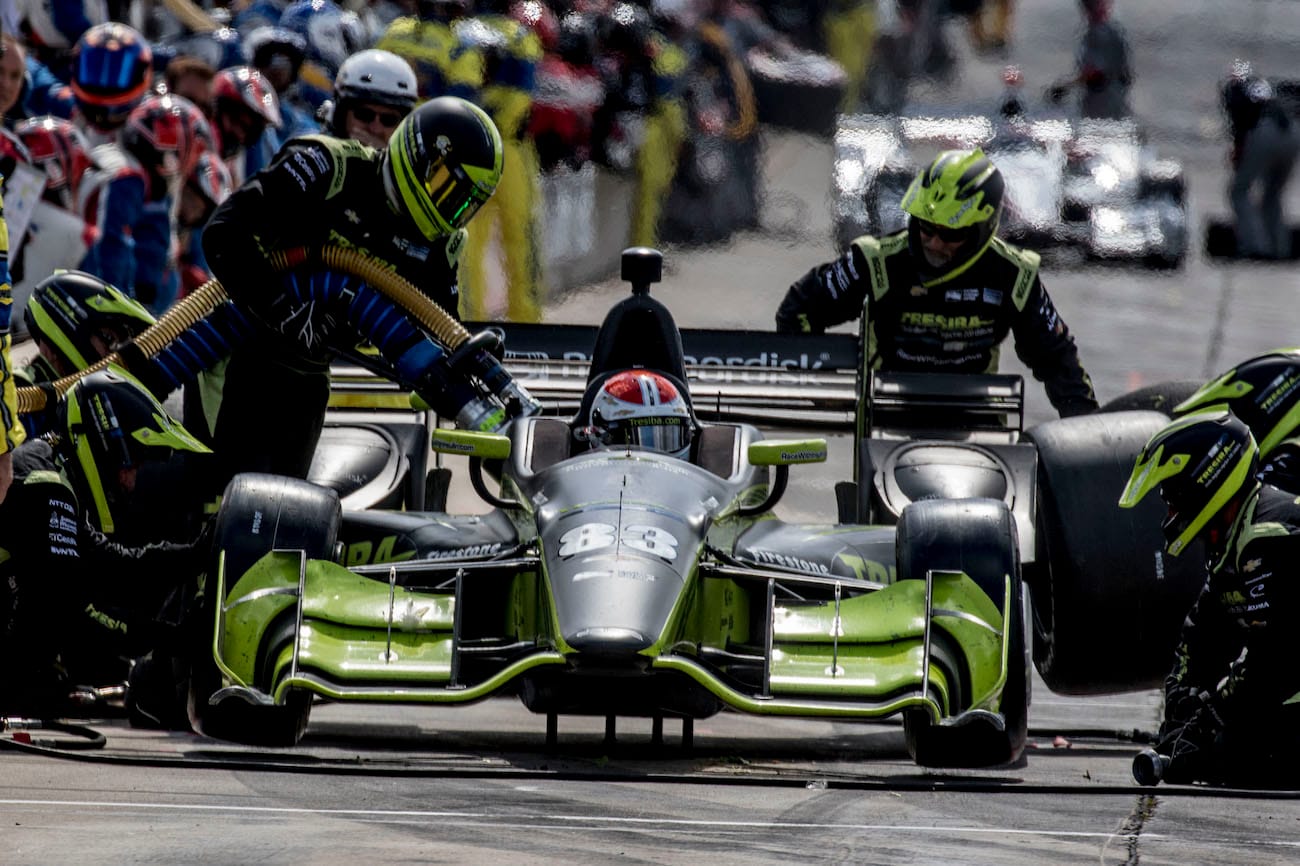
Every car and driver in IndyCar has an engineering and mechanical crew. Unlike other racing series, the crew in the pits is the same crew building the car in the garage before the race. Each crew has a chief, who communicates with the driver during practice, qualifying, and races. Michael Cannon, who is chief engineer for Conor Daly, is also a race strategist who makes decisions on when to pit. The rest of the crew is made up of mechanics and engineers who quickly perform pit stops several times a race. Driver Josef Newgarden said, “We work with a lot of very talented engineers who can change almost anything on the race car. I make recommendations based on what I’m feeling with the car. There’s a lot of really intelligent things the engineers do to make the car better, and they are the best mechanics in the world.”
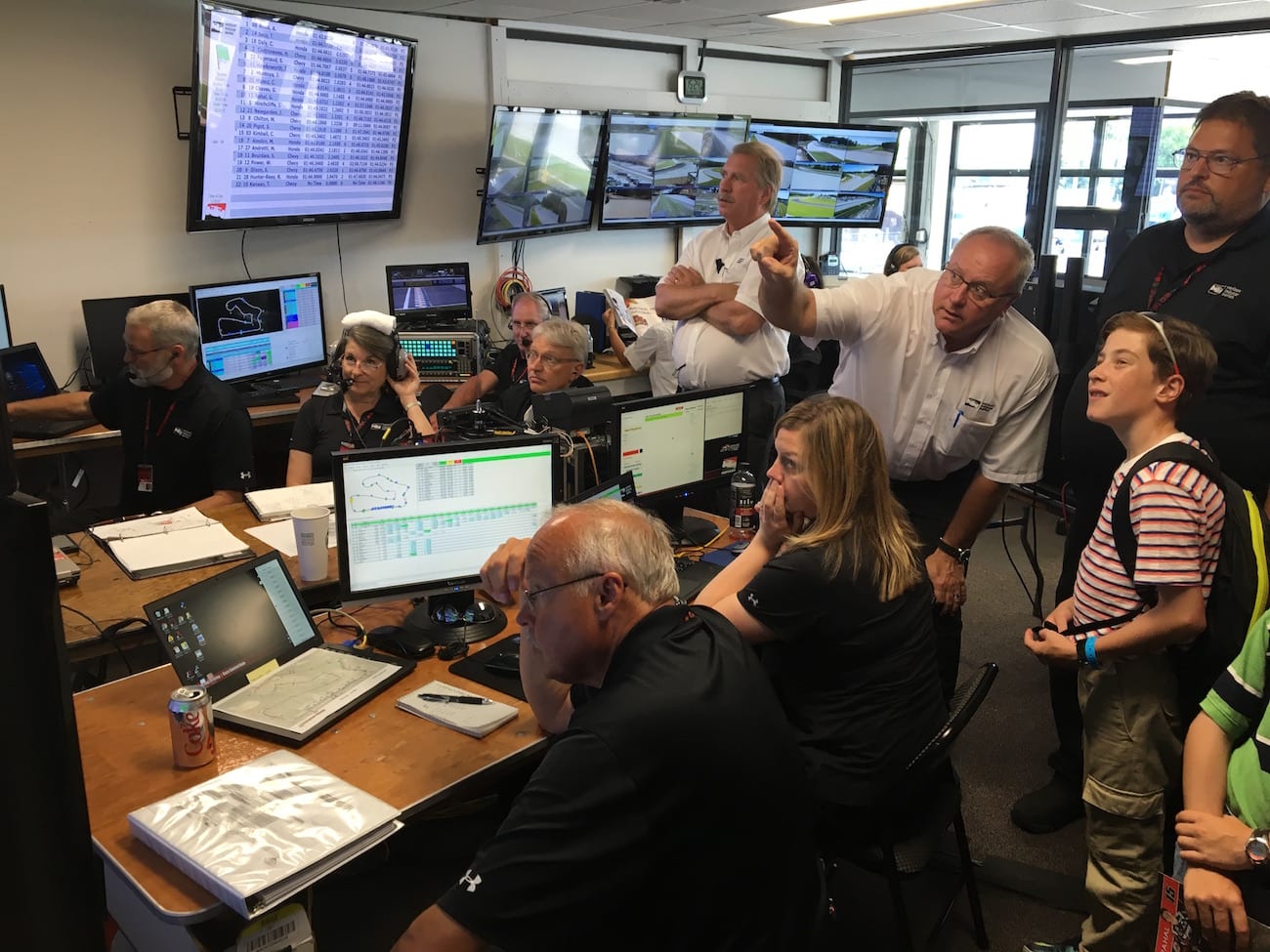
Led by director Jon Koskey, timing and scoring keeps all of the up-to the-moment statistics such as the leaderboard and the speed of each car around the track to a thousandth of a second during practices, qualifying, and races. This data is given to racing teams, TV and radio stations, and other media covering the race. The information is collected and tracked by sensors scattered around the track that staff monitor on many, many computers. Race control is made up of the officials charged with making sure the race is run within the rules, which also keeps all drivers and teams safe. Brian Barnhart, the senior vice president of competition, and the officials in race control issue penalties for things like driving too fast on pit road and determine if a yellow flag should be thrown because of a crash or debris on the track.
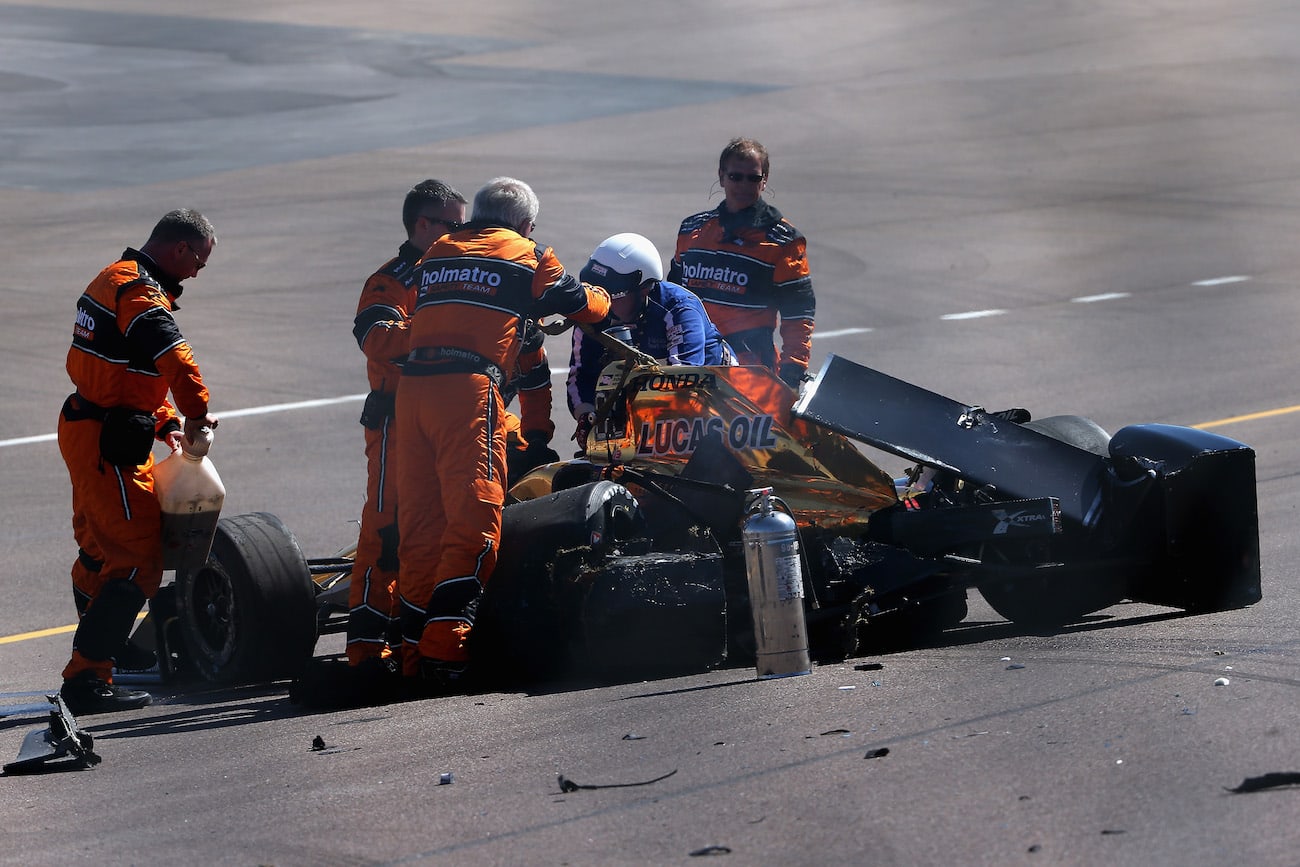
The people who are at every race and practice but whom drivers hope to never see are the members of the safety and medical crew. They are placed at different positions around the track and have to make quick decisions about drivers’ injuries and car safety. Driver James Hinchliffe has been involved in both small and large accidents, including a near fatal wreck at Indianapolis Motor Speedway in 2015. Of the safety and medical crews, Hinchcliffe said, “Even if it is a small incident, they are the first guys at your car, and the doctors check you out. Then a situation like mine comes up and it takes all the experience and expertise they have to make sure the driver lives.”
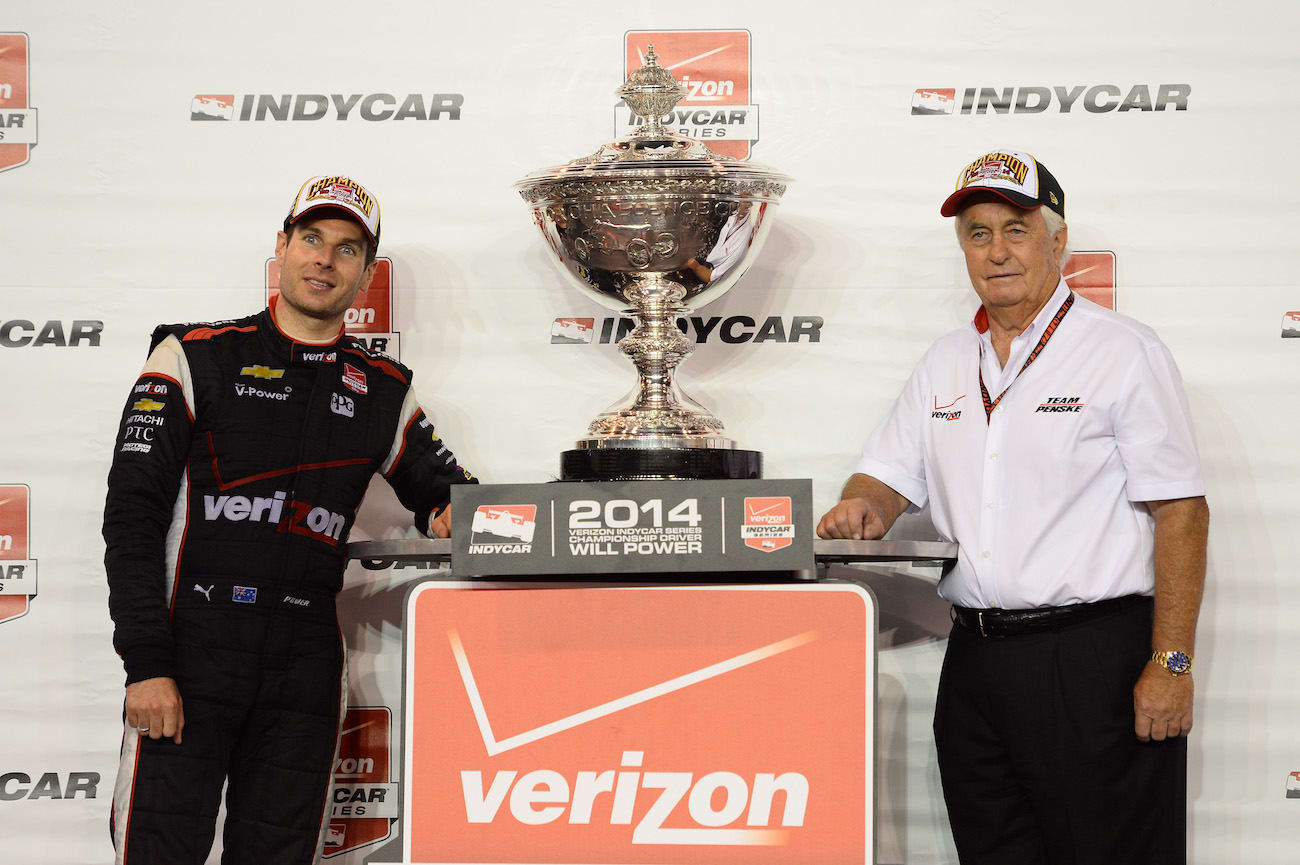
The owners and sponsors represent the business side of IndyCar. Most owners, such as Roger Penske, have a team of multiple drivers. Team Penske features four. Owners help their teams in different ways, including selecting drivers, working with sponsors, and sometimes giving input to crews. Sponsors help bring funds to IndyCar by paying for their companies’ logos to appear on cars and merchandise and for driver appearances. Races and tracks have sponsors, and even the series is officially the Verizon IndyCar Series.
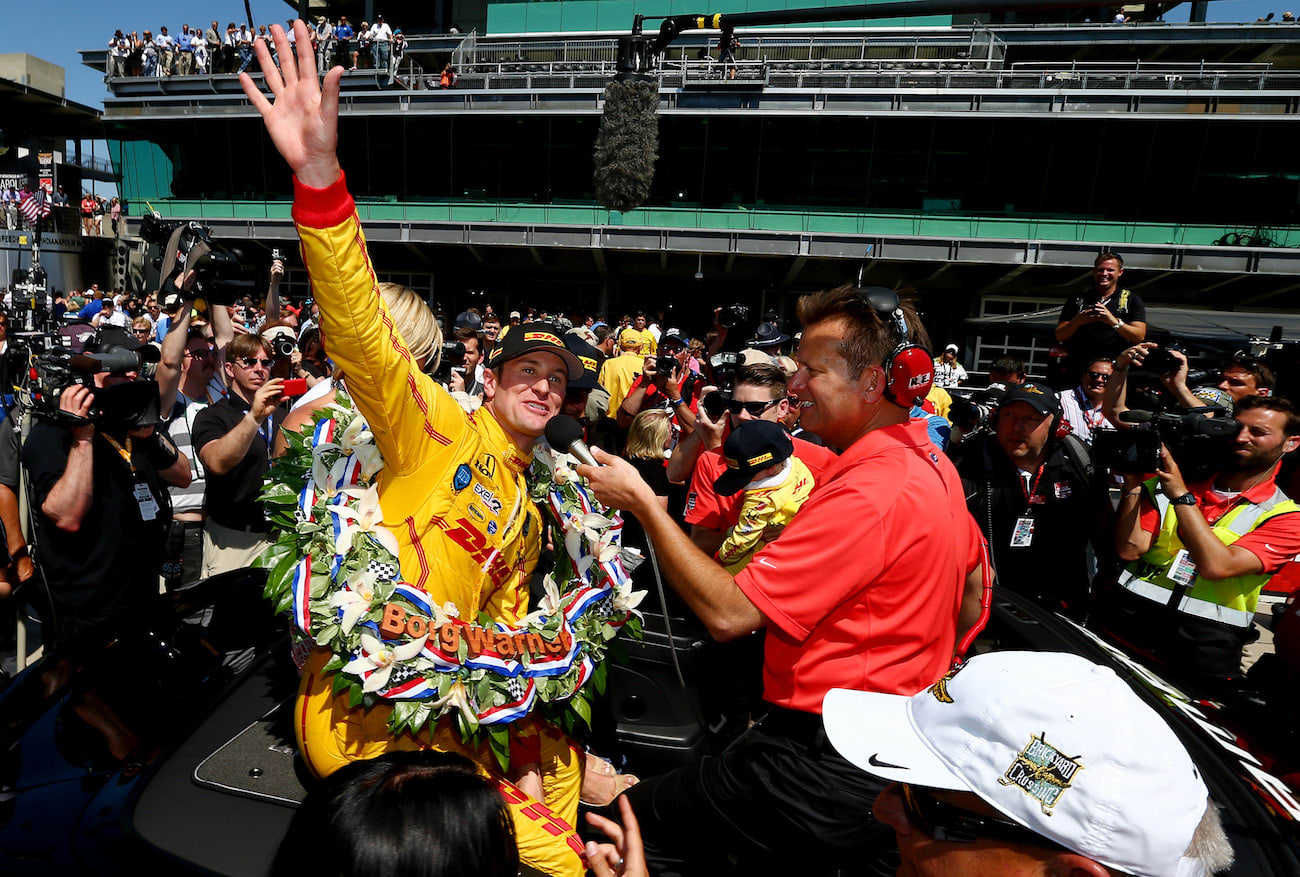
Media includes the TV and radio stations, newspapers, magazines, and websites that cover IndyCar events. All of the media outlets are important to helping fans all around the country enjoy races and to growing the fan base. IndyCar has a media relations and communications group to help with the public awareness and experience of IndyCar by connecting journalists with drivers, teams, and fans. They drive the access of IndyCar so that fans feel like they are at the track even when they are watching on TV.
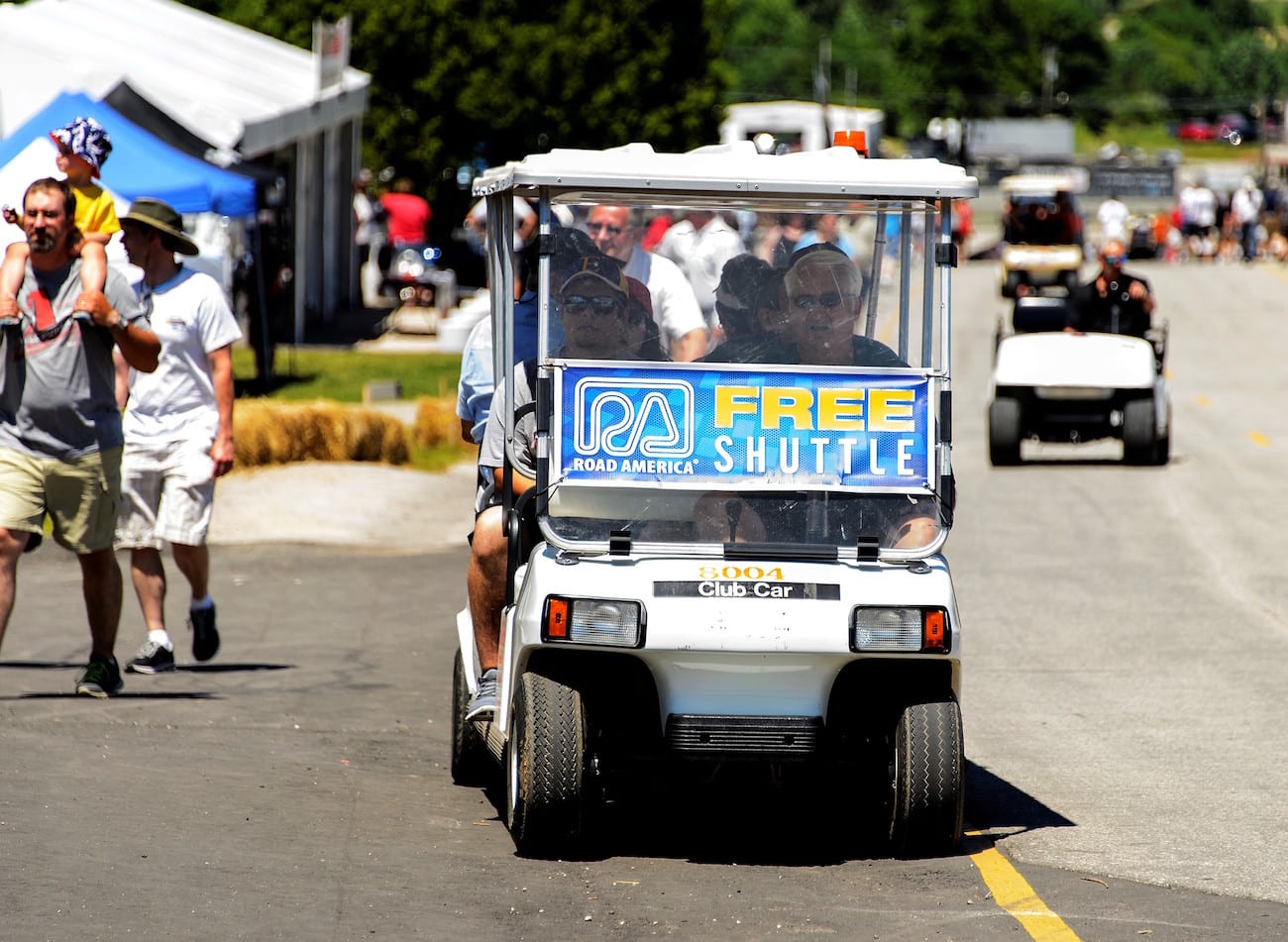
Most pre-race and race-day staff are actually local people employed by the track. Their jobs include things like running concessions, parking, and security. The IndyCar series brings exciting racing to fans, but races could not happen without the many track staff members at each stop on the series.
Photograph by Jonathan Ferrey/Getty Images
